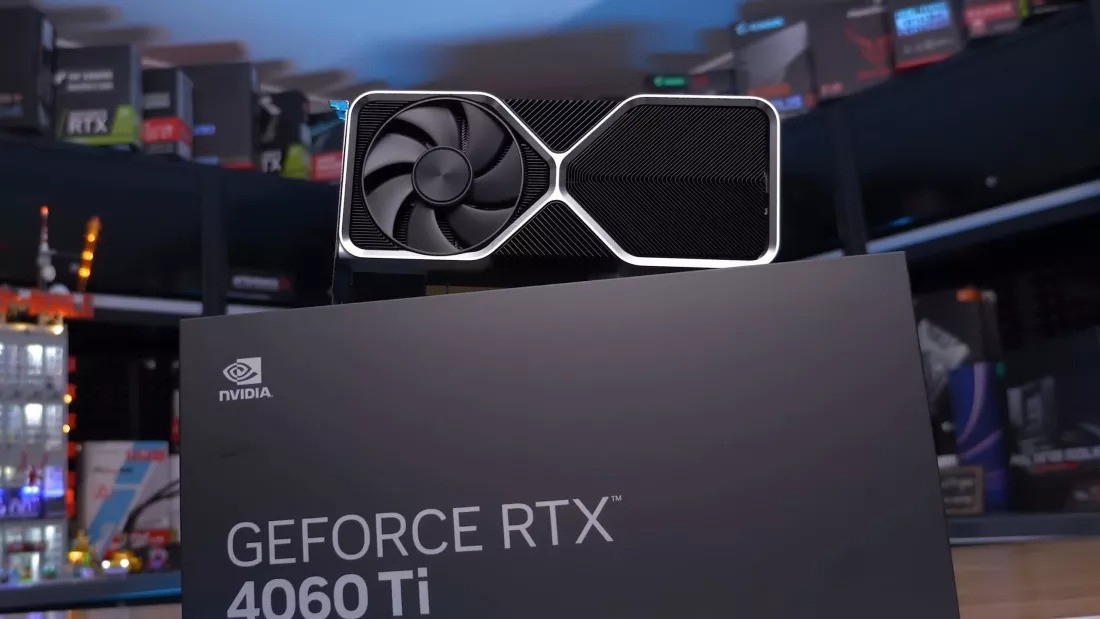Graphics card memory, also known as VRAM, has been a hot topic of discussion over the past few years.
Eight years ago, the GeForce GTX 1070 was Nvidia's first mainstream GPU with 8GB of VRAM for $450, which is the equivalent of $600 in today's dollars.
For the same $600, you can get the GeForce RTX 4070 Super, a GPU with 12GB of VRAM. While that's more than 8GB, it's not a huge amount considering the time that's passed between GPU generations.
A bigger problem is seen in parts like the mid-range RTX 4060 Ti, which launched at $400 for the 8GB version. A 16GB version was later introduced for $500, but sales were so poor that it was eventually officially discounted to $450 due to lack of demand. Even with the price cut, the 4060 Ti still isn’t a very compelling graphics card for consumers.
However, the RTX 4060 Ti 8GB and 16GB versions are clear evidence that for high-end games, 8GB of VRAM is simply not enough. The clearest example was seen when we first reviewed the 16GB model. In some cases, the 16GB graphics card performed better, delivering higher frame rates or a smoother experience.
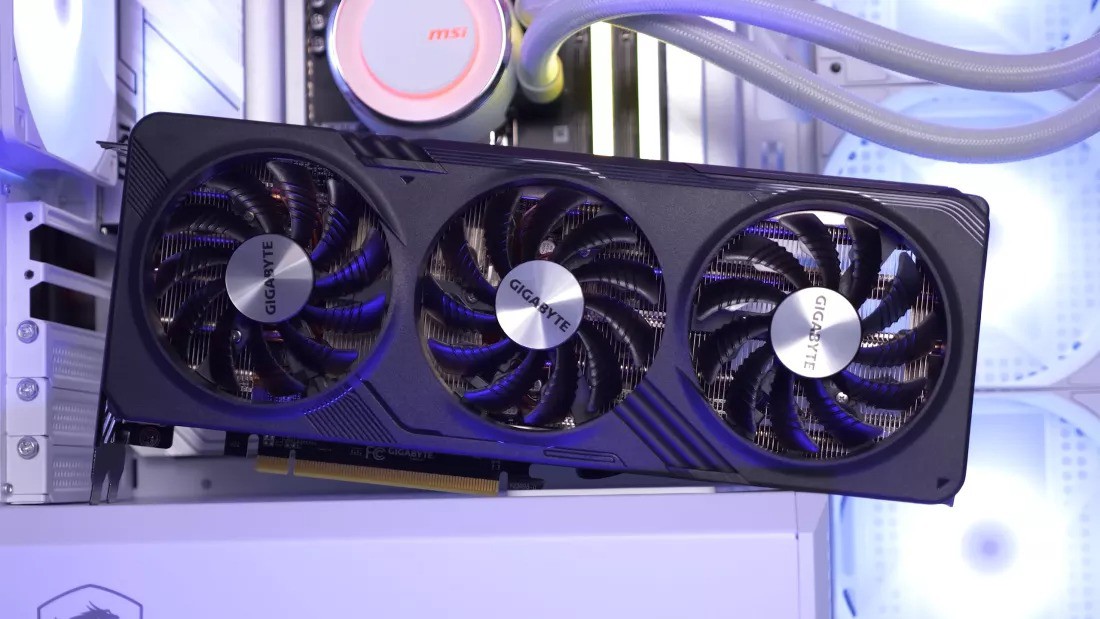
What does running out of VRAM look like?
Checking VRAM capacity can be quite tricky as not all games behave the same way when the VRAM buffer is exceeded.
Games that have performance issues are easy to spot. For example, when playing Horizon Forbidden West and comparing the 8GB and 16GB versions of the RTX 4060 Ti at 1440p with Very High settings, the difference is clear.
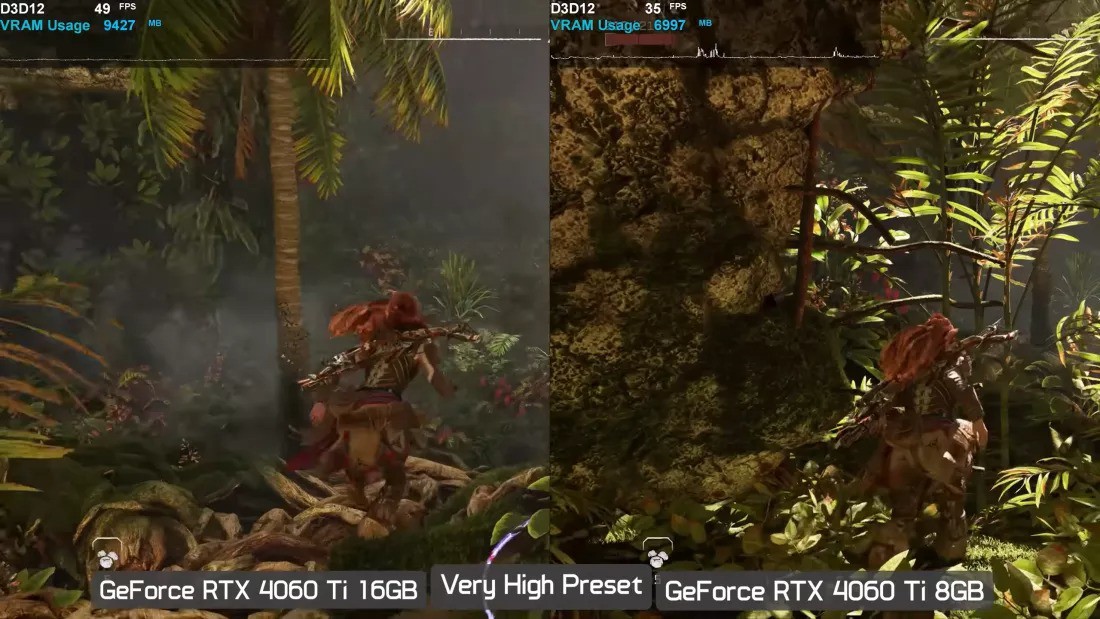
In some in-game cutscenes like the one shown above, the 16GB model was up to 35% faster and had significantly less frame drops, which was very noticeable during gameplay. On average, the 16GB model was 40% faster and delivered significantly better frame rate performance, making for a much smoother and more consistent experience.
Even with DLSS upscaling, the 16GB model is still much better, delivering higher frame rate performance with better frame time consistency. In our tests, the 16GB model averaged 73 fps compared to 49 fps for the 8GB model – a nearly 50% improvement thanks to the extra VRAM.
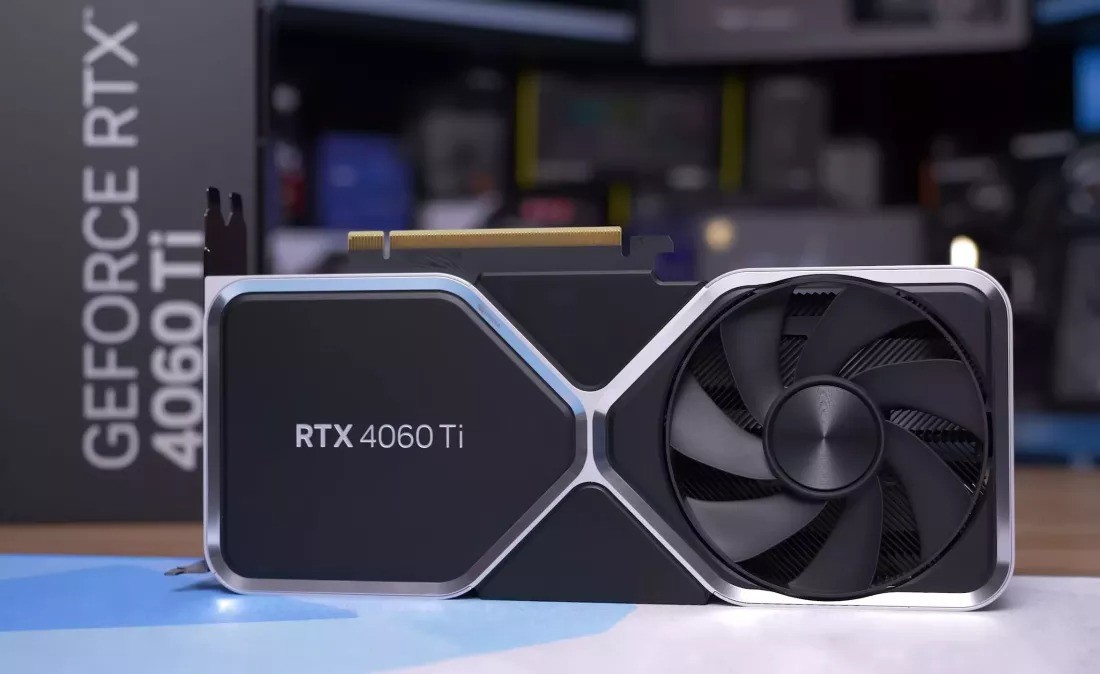
It's one of the clearest examples we can point to that 8GB of VRAM isn't enough to play a game in all its glory. However, you can still play Horizon Forbidden West on an 8GB graphics card by reducing the quality settings from 'very high' to 'high'.
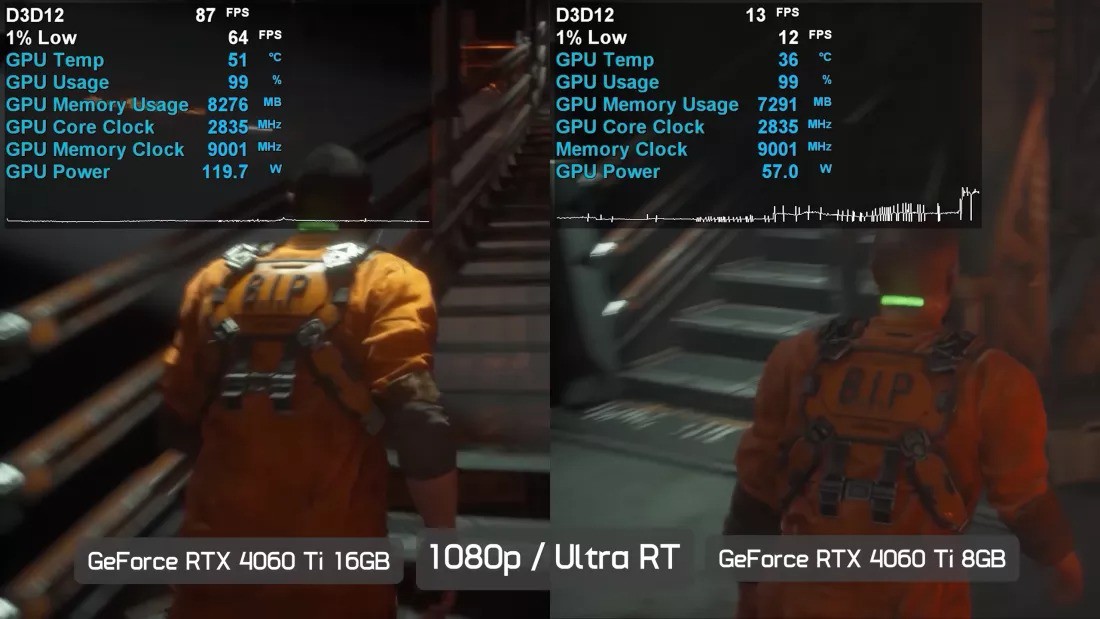
Going back to single-player or multiplayer games with great graphics, you won't always see performance issues like Horizon Forbidden West. Many games manage memory usage differently, automatically lowering quality settings or removing textures altogether.
Examples of this include Halo Infinite, which stripped out textures and reduced detail for certain objects. The game Forspoken also had a similar problem, with the game looking washed out and muddy due to insufficient VRAM. Today, games manage textures better, but the results are still similar.
Forspoken would miss all the textures if it didn't have enough VRAM, which would make the game look terrible. Now it deletes textures for everything that isn't currently visible and tries to load them where they're most visible. This results in texture pop-ins and sometimes texture cycling, where high-quality textures appear and disappear, as we also saw in the Hogwarts Legacy benchmark results.

The most common issues you'll see when running out of VRAM include frame rate performance drops, inconsistent frame time performance, and/or texture loss.
Techspot tested over a dozen games running on the GeForce RTX 4090, which has 24GB of VRAM. It's easy to see that more and more games are using more than 8GB of VRAM, especially at 1440p resolution with high quality settings. As we've known for a while, ray tracing significantly increases VRAM usage, so if you're interested in RT in the future, you'll want a card with at least 16GB of VRAM.
For those gaming at 1080p, 8GB is usually more than enough for the latest titles, and in some cases, high or very high settings will overwhelm you. At 1440p, 8GB of VRAM is more than adequate for medium settings, but if you want to enable ray tracing, frame rates may suffer.
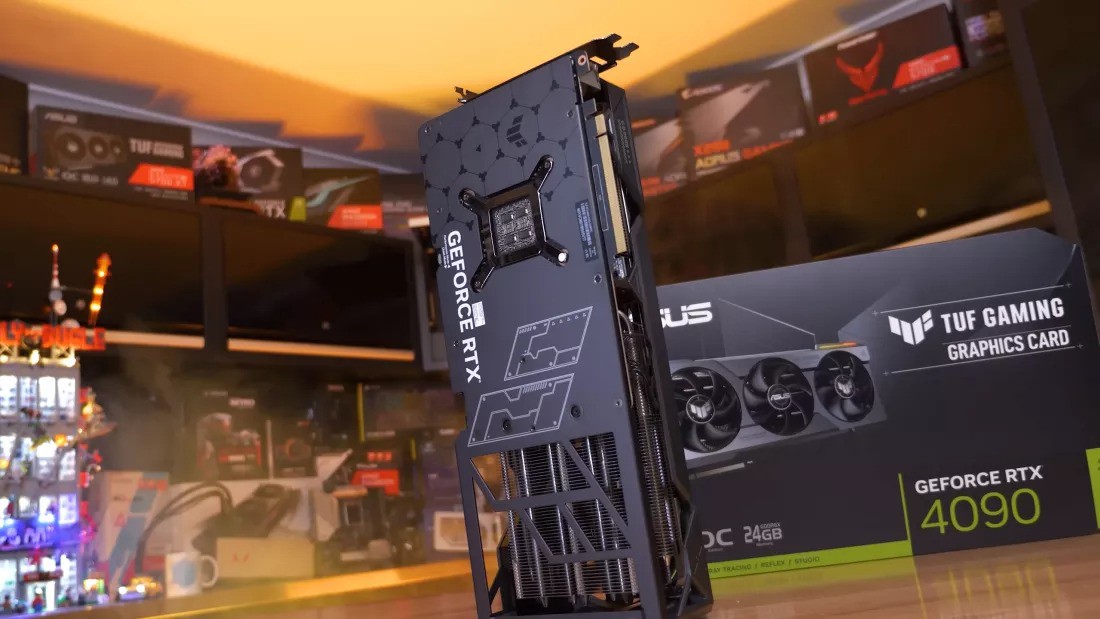
Except for low-end options, you shouldn't buy an 8GB graphics card anymore. 12GB is the minimum these days, and 16GB is the ideal target.
The great thing about using VRAM is that you can reduce things like textures and still get a perfect gameplay experience, so there is some scalability. This means that if you buy a lot of lower-end products, the trade-off in texture quality is much less of an issue.
This is why products like the Radeon RX 6600 are completely acceptable, at least when they drop to $200. For that kind of money, the VRAM trade-off is completely worth it.
In short, except for low-end options, you shouldn't buy a graphics card with 8GB of VRAM anymore. Nowadays, 12GB is the minimum and 16GB is the ideal target.

